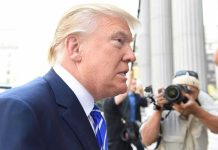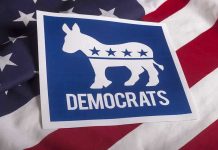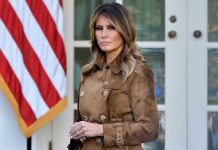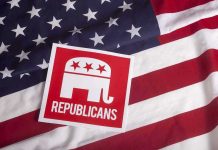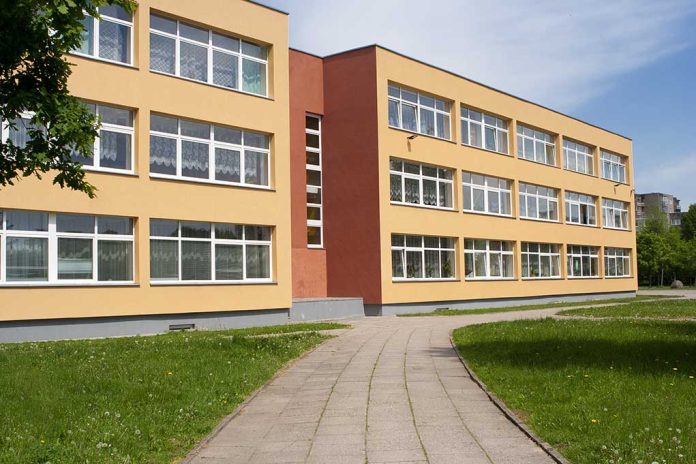
President Trump signs an executive order to redirect federal funds for expanded school choice, sparking a fierce debate on educational reform.
Key Takeaways
- Trump’s Educational Freedom Order aims to redirect federal funds to expand school choice options.
- Multiple government agencies, including Education, Defense, and Health and Human Services, are involved in implementing the order.
- The order prioritizes parental rights in choosing their children’s education and aims to address perceived failures in the government-assigned education system.
- Supporters argue that school choice improves educational quality and accountability, while critics warn of potential funding shortages for public schools.
- The executive order has received praise from pro-school choice groups and criticism from teachers’ unions.
Trump’s Executive Order: A Game-Changer for Education?
President Donald Trump has issued an executive order that could significantly reshape the American education landscape. The order directs federal agencies to prioritize and expand school choice programs, potentially altering how millions of students receive their education. This move aligns with Trump’s longstanding commitment to educational reform and parental empowerment in schooling decisions.
The executive order involves several key government agencies, including the Departments of Education, Defense, Labor, and Health and Human Services. Each department has been tasked with specific responsibilities to facilitate the expansion of school choice options. For instance, the Education Secretary must issue guidance to states on using federal funds for school choice within 60 days, while the Secretary of Defense is to plan how Department of Defense funds can support school choice for military families.
🚨 President Trump has signed an executive order to expand school choice and “support parents in choosing and directing the upbringing and education of their children.” pic.twitter.com/fgZ3yXTMjS
— Rapid Response 47 (@RapidResponse47) January 29, 2025
Addressing Educational Shortcomings
The Trump administration argues that this executive order is necessary to address perceived failures in the current education system. According to White House statistics, proficiency levels in reading and math among 8th and 4th graders are alarmingly low, and standardized test scores have remained stagnant for over three decades despite increased spending on government-run education.
“Parents want and deserve the best education for their children. But too many children do not thrive in their assigned, government-run K-12 school,” Trump states in the executive order.
Supporters of the order, such as EdChoice, a pro-school choice organization, praise it as a crucial step towards empowering families and giving them greater control over their children’s education. They argue that competitive dynamics within the educational system can spur innovation and drive excellence.
Criticisms and Concerns
However, the executive order has not been without its critics. The National Education Association (NEA) and the American Federation of Teachers (AFT) have voiced strong opposition to the measure. They argue that redirecting funds away from public schools could exacerbate existing educational inequalities and harm students who rely on public education.
“It’s a direct attack on all the parents and the families and the kids who actually go [public schools],” said Randi Weingarten, President of the American Federation of Teachers.
Critics also raise concerns about fair access for all students and the potential for school choice policies to perpetuate existing societal inequities. They argue that not all families have the means or ability to take advantage of school choice options, potentially leaving some students behind.
The Broader Context of School Choice
School choice encompasses a range of options, including vouchers, Education Savings Accounts (ESAs), public charter schools, and open enrollment. Currently, about a dozen states have implemented universal school choice programs, benefiting over a million students. Proponents argue that these programs have improved academic performance and are cost-effective.
The debate over school choice has increasingly become partisan, with Republicans generally supporting it and Democrats opposing it. However, some advocates argue for moving beyond partisan divides to prioritize parents’ voices and children’s needs in education policy decisions.
As the implementation of Trump’s Educational Freedom Order unfolds, it will undoubtedly continue to fuel intense debate over the future of American education. The coming months will be crucial in determining how this executive order shapes educational policy and impacts students across the nation.


